In today’s media landscape, a crisis doesn’t wait for the 6pm news. It hits the internet in real time and social media is often the first place it lands.
For decades now, platforms like Reddit, X, Facebook, TikTok, Instagram and LinkedIn have been shaping public perception within minutes of an issue surfacing. So if your crisis response is based only on traditional media monitoring, how much are you missing?
The short answer: a lot. Social media monitoring is now a non-negotiable part of crisis comms.
When something goes wrong, people don’t sit back and wait for a press release. They jump online to react, speculate, vent and search for answers. For comms teams, this creates both risk and opportunity. It means information can spread quickly – whether it’s accurate or not – and a narrative can quickly form and spiral beyond your control. But it also offers a real-time insight into how the public conversation is unfolding; what some people are saying, and where potential flashpoints lie.
Crucially, social media gives you something traditional media can’t: an immediate look at how people feel about the issue. And in a crisis, those emotions can shape the public’s overall perception. If stakeholders are confused, angry or misinformed, that can help shape the tone and nature of your response.
It’s important not to fall into the trap of inflating social media noise into something it’s not. While monitoring is essential, not every comment represents the broader public view. Sometimes, a vocal minority can dominate the conversation, so keeping perspective is key. It’s about listening, not panicking.
Of course, there are limitations to social media monitoring. Not every conversation happens out in the open when a crisis hits. People often shift to private channels like DMs, WhatsApp groups, and closed Facebook communities to discuss sensitive issues away from public view. It’s a reminder that while social media monitoring offers valuable insights, it’s not a complete picture.
It’s also worth noting that social media monitoring isn’t just for when things go wrong. Tracking sentiment over time gives you a useful baseline, so when there’s a shift, you’ll spot it early.
A good PR team knows the value of staying on top of social media monitoring and invests time and resources into it. With access to purpose-built software and platforms, you can monitor conversations, trends and sentiment in real time.
The insights gained from social media don’t just help in a crisis; they can inform strategy, messaging and decision-making well before any issues arise. When integrated with broader media monitoring, social media monitoring offers a more complete picture of how your brand is being perceived, while ignoring it just leaves you as the last one to know.



